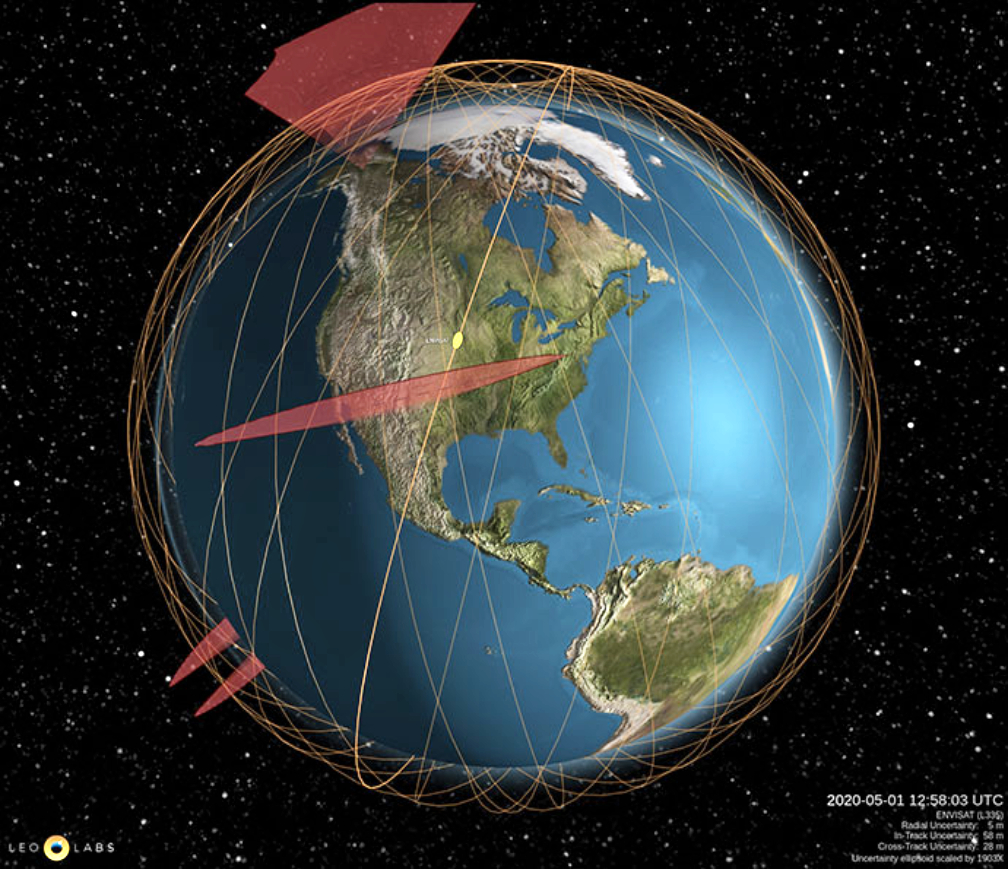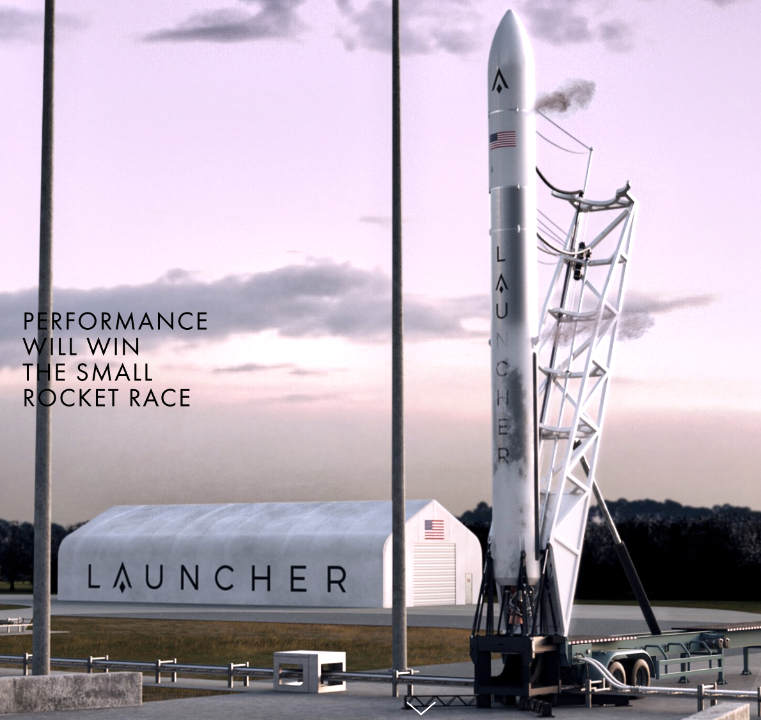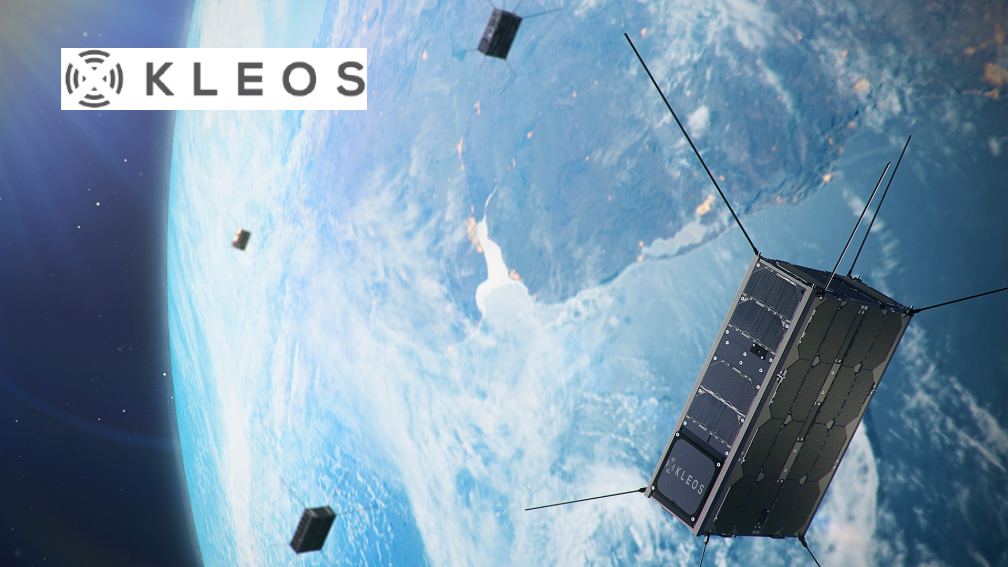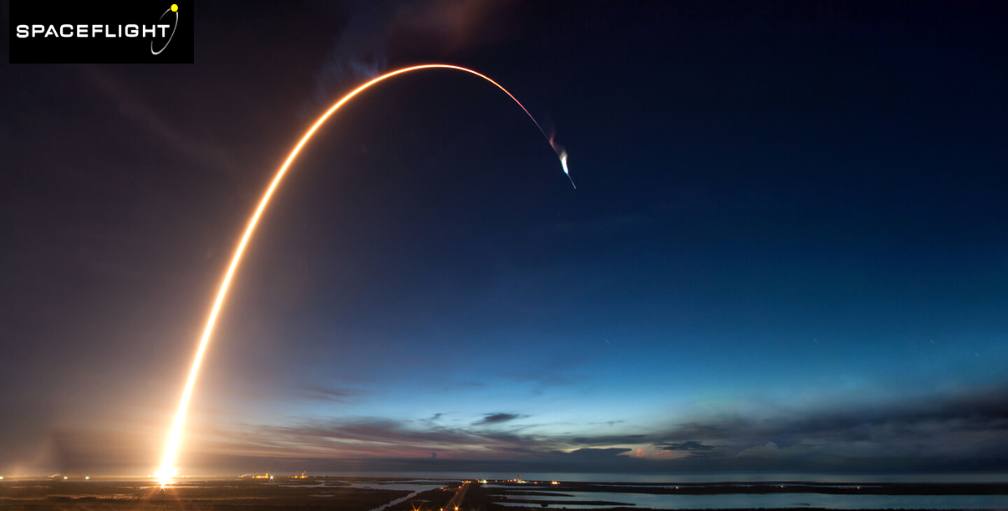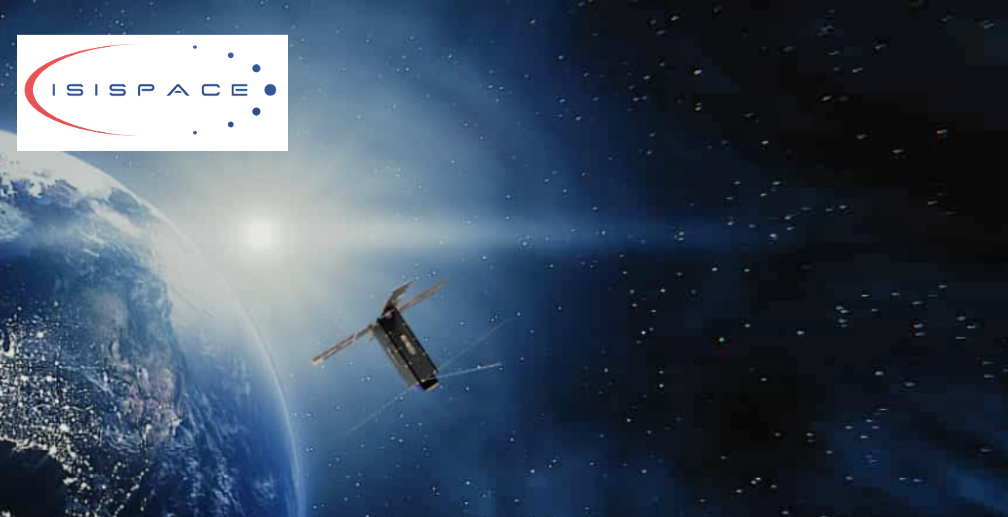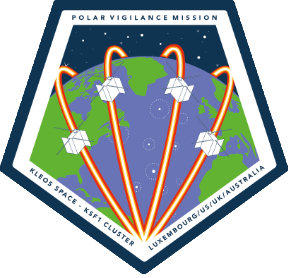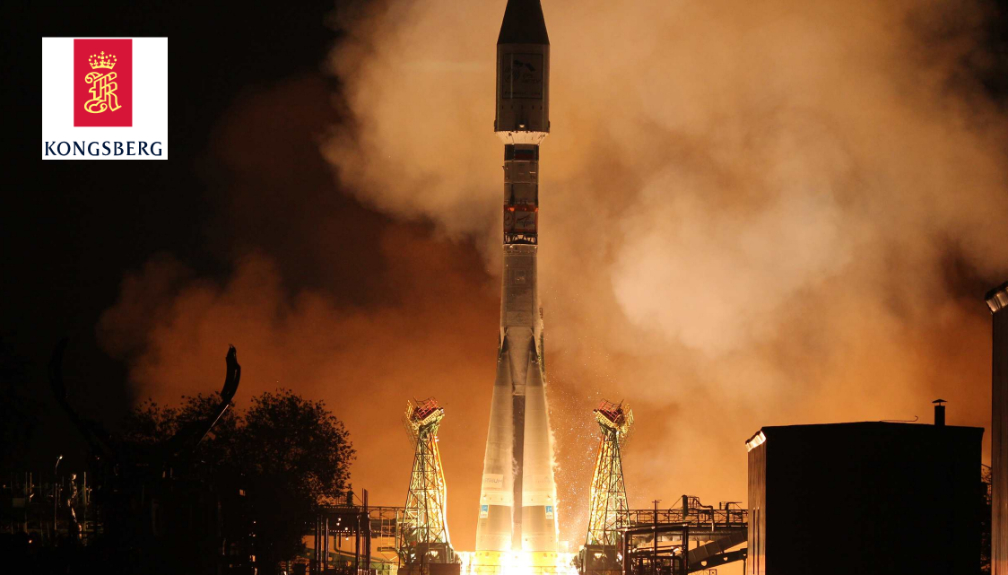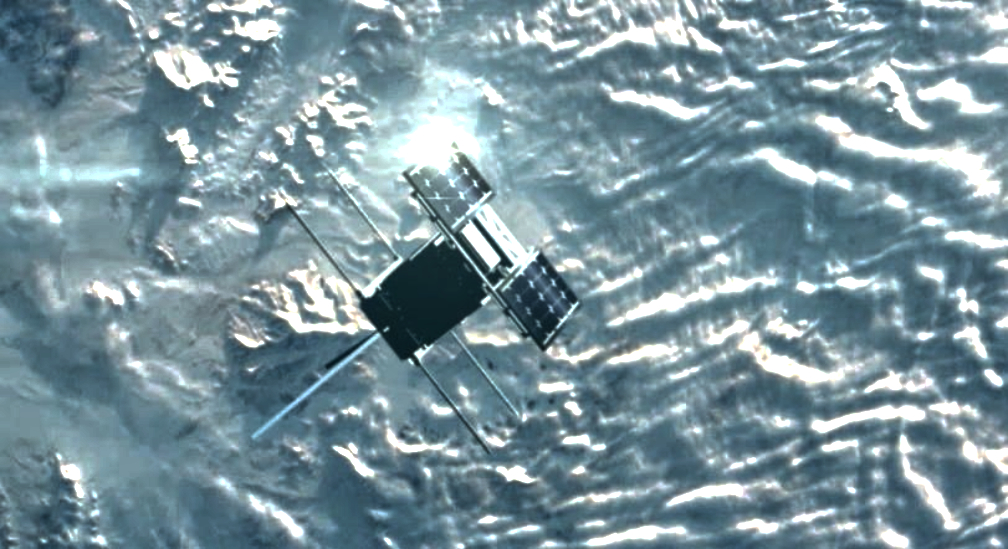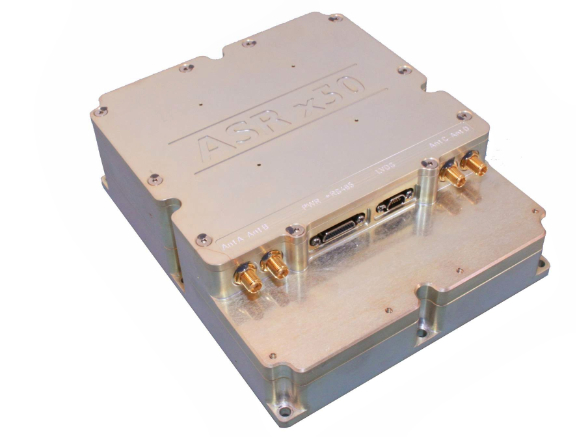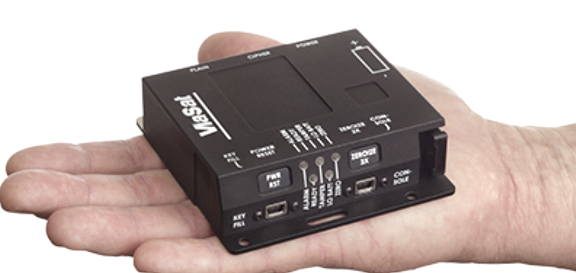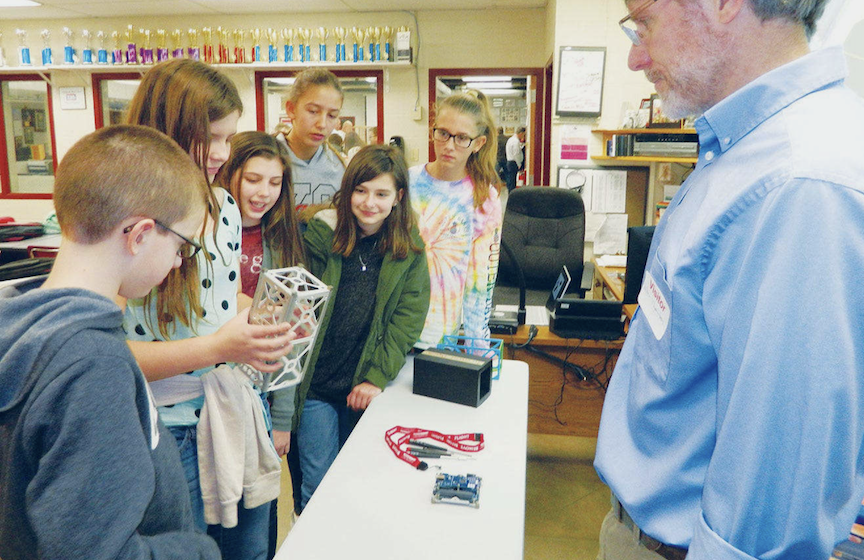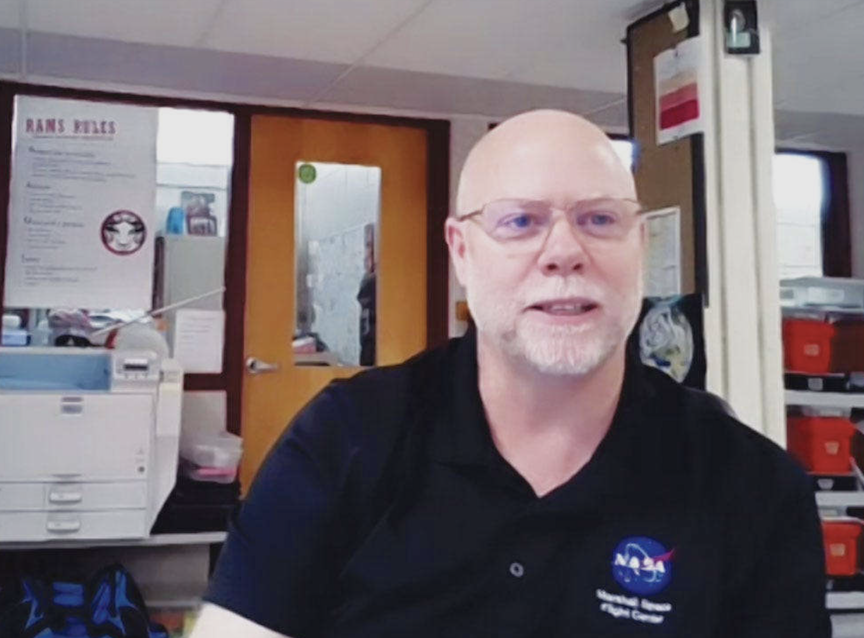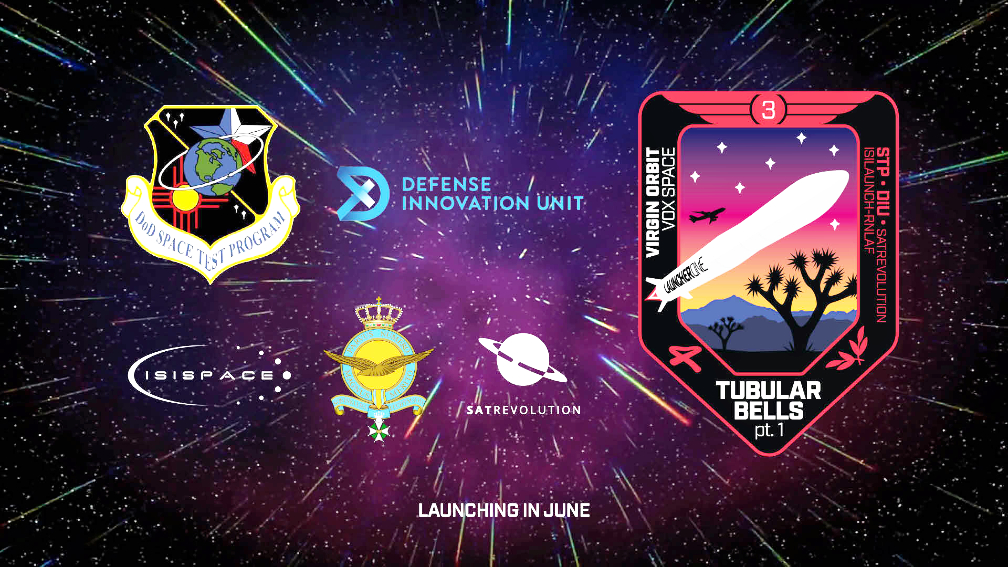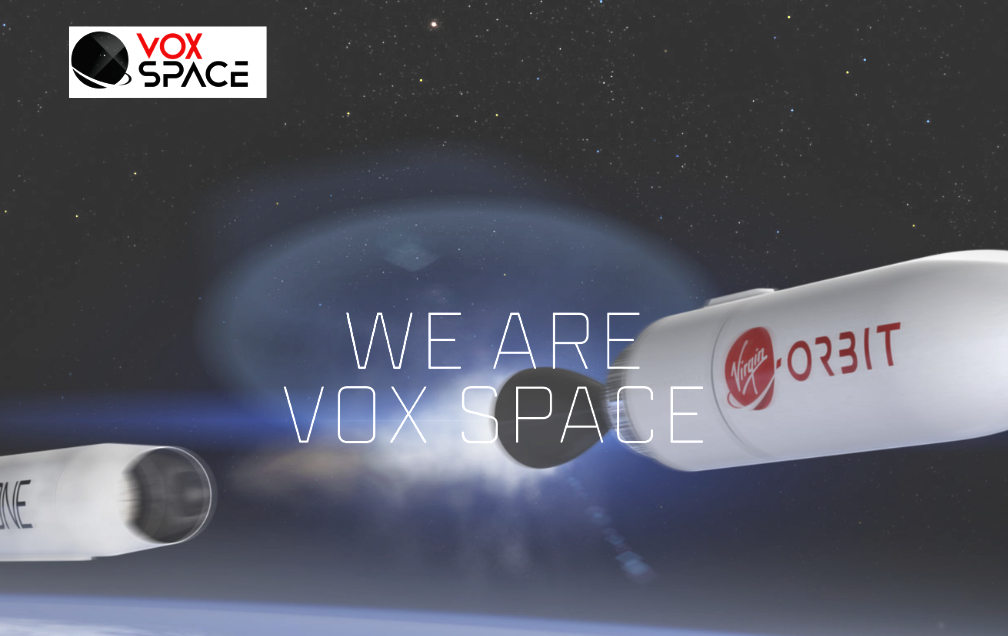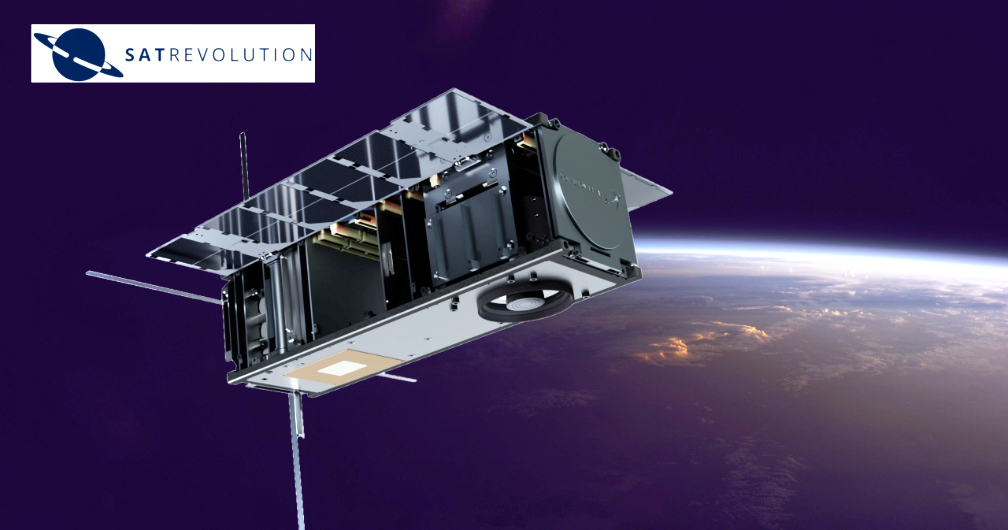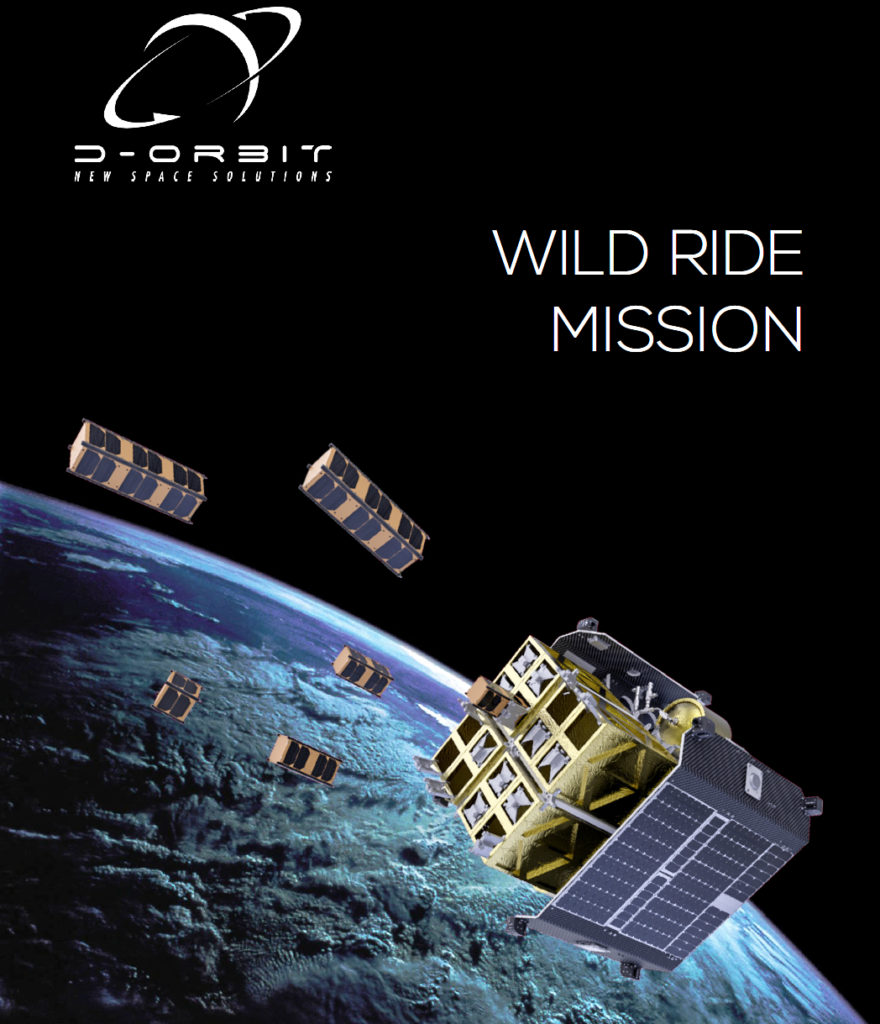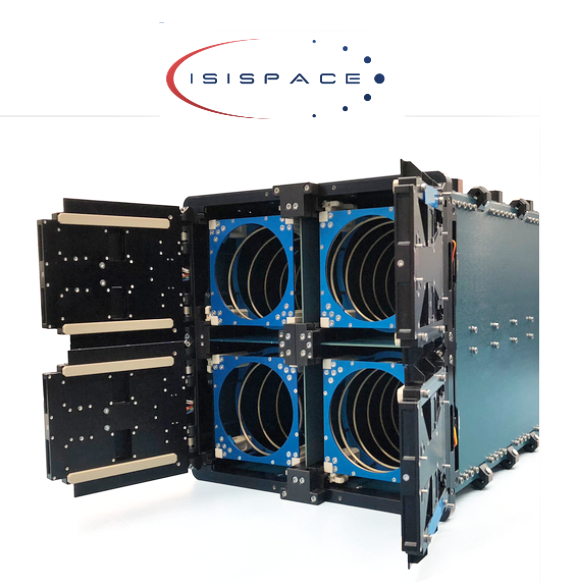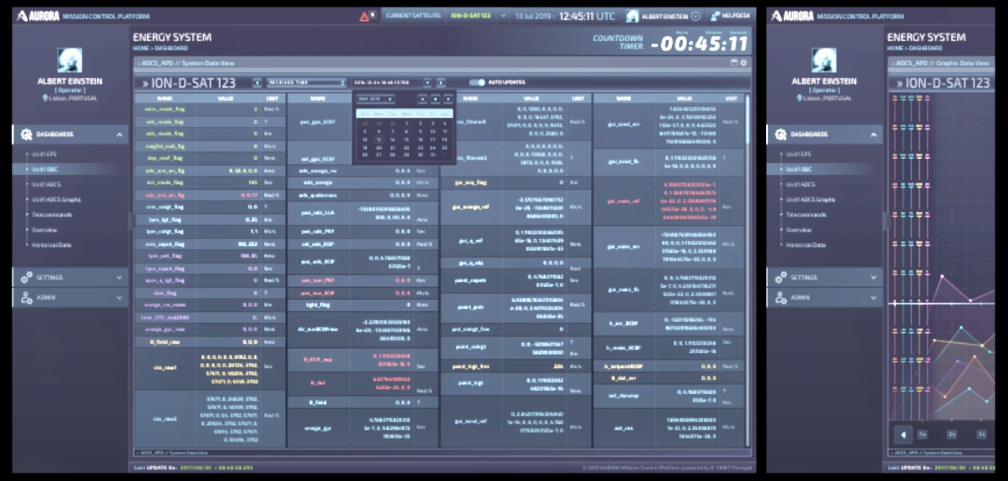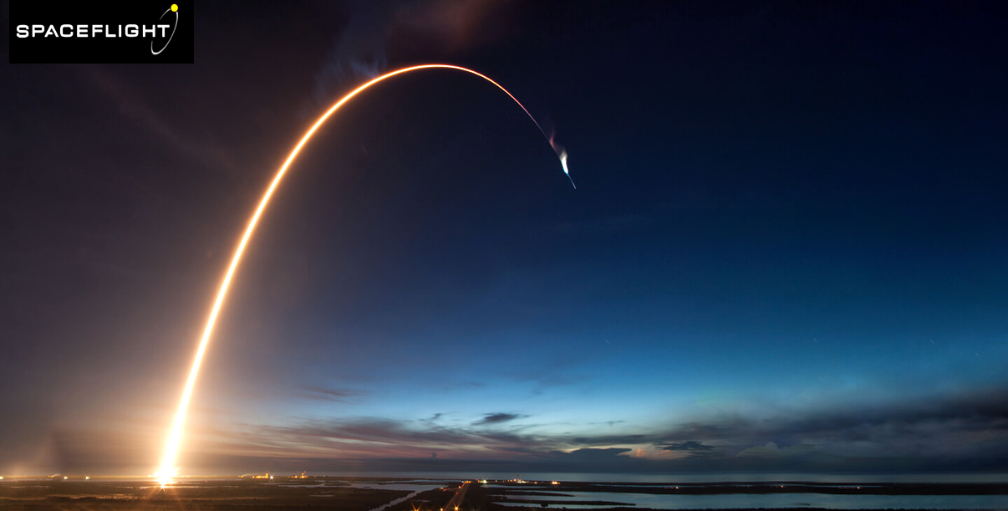
Spaceflight Inc. will debut newly developed technical innovations used for the company’s next-generation Sherpa program, enabling smallsat transportation throughout cislunar space in a way that has never previously been accomplished.
Intentionally built with modular plug-and-play subsystems, Spaceflight’s next-gen Sherpa orbital transfer vehicle (OTV) program offers customers flexibility and customization, including multiple types of propulsion for last-mile delivery, flight-proven avionics and separation sequencers, rich deployment telemetry and imaging systems, direct space-to-ground networks, and more. Based on a standardized 24-inch ESPA port, the Sherpa OTVs offer a reconfigurable, 300 kilogram, payload capacity and are sized to launch on most rockets.
The modular design enables Spaceflight to quickly customize the OTVs with different propulsion systems and subsystems to deliver highly varied capabilities to meet customers’ unique needs for orbital deployment. In its simplest form, Spaceflight’s OTV is a free-flying rideshare deployer; in its most advanced state, it’s an interplanetary transport vehicle. Each Sherpa can be exactly tailored to the demands of a given mission, customer, or application.
Spaceflight will also be using its flight-proven R2A avionics system, built entirely in-house. The system will give customers unprecedented access to the most accurate and timely data about the health and location of their spacecraft. Spaceflight designed its new avionics system based on learnings from past missions to provide higher fidelity data using direct space-to-ground networks. One of the most flexible and lowest-cost sequencers on the market, R2A will give Spaceflight customers access to individual spacecraft separation and deployment processes, thereby reducing risk and providing greater mission assurance.
Spaceflight’s groundbreaking innovations are scheduled to launch aboard its SXRS-5 mission that will fly two Sherpa OTVs on SpaceX’s Transporter-2 launch, including the industry’s first electric propulsion OTV, Sherpa-LTE1. The company purchased three ports for the mission and is managing the launch integration and mission management services for 36 payloads, including six microsatellites, 29 cubesat smallsats and one hosted payload, for 14 organizations from seven countries.
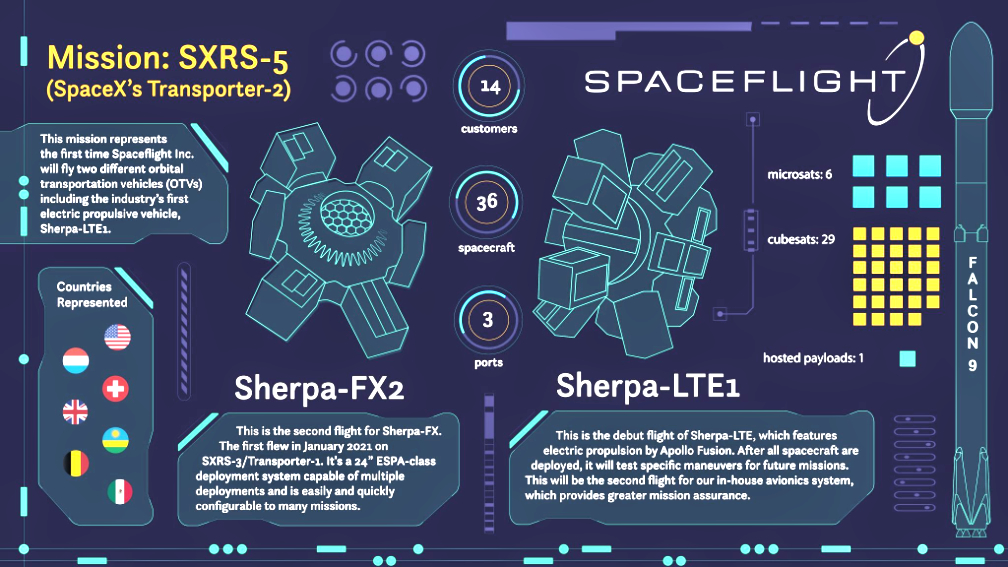
The company will be flying three variations of Sherpa OTVs this year — a free flyer (Sherpa-FX), one with electric propulsion by Apollo Fusion (Sherpa-LTE), and another with chemical propulsion from Benchmark Space Systems (Sherpa-LTC).
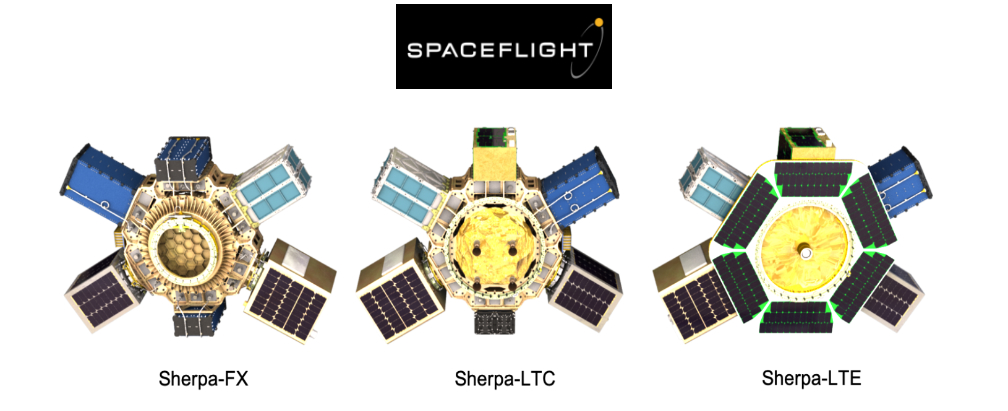
In addition to the propulsion options, the modular structure also enables the company to add a customized command-and-control system, built with flight-proven components from Astro Digital. Similar in shape and size to a payload, the command subsystem can be easily integrated to maneuver the chemical and electric propulsion Sherpa OTVs.
“With the launch of Sherpa-FX2 and Sherpa-LTE1 on the upcoming SpaceX Transporter-2 mission, we are harnessing the power of our modular design and preparing for future launches with multiple Sherpa OTVs,” said Philip Bracken, vice president of engineering at Spaceflight. “Much like with LEGOs, we can easily build different variations of Sherpa vehicles for flight in a matter of months, as well as adjust to last-minute manifest changes without impacting the rest of the mission. This is an unprecedented capability in the space industry, and we are excited to offer this service to our customers. The propulsion systems can quickly be integrated to accommodate specific mission goals which is a paradigm shift for in-space transportation.”
“It’s not an overstatement to say that the propulsive Sherpa fundamentally changes the smallsat market,” said Mike Cassidy co-founder of Apollo Fusion. “Spaceflight’s next-gen Sherpa OTVs combined with Apollo Fusion’s propulsion can now take spacecraft to any orbit — from LEO, MEO, GEO, lunar or beyond. It’s a game-changer for smallsats that used to be confined to the standard rideshare orbits; now they’re free to chart their own destiny.”


